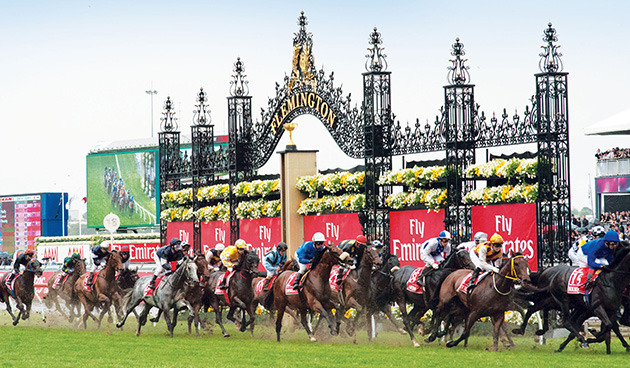WOLVERHAMPTON Racecourse Template (Monday 29 April 2024)
April 28th, 2024
The Racing Horse offers our Wolverhampton Racecourse Template for Monday 29 April 2024. There is an [...]
2017 Melbourne Cup |


DisclaimerOur information and betting advice is for educational purposes only. Please exercise caution when acting upon our advice and remember that gambling carries risk. No liability is taken by the site or product owner following any of the information given or sold to you. Betting always involves a level of risk and you should never bet more than you can afford to lose. |